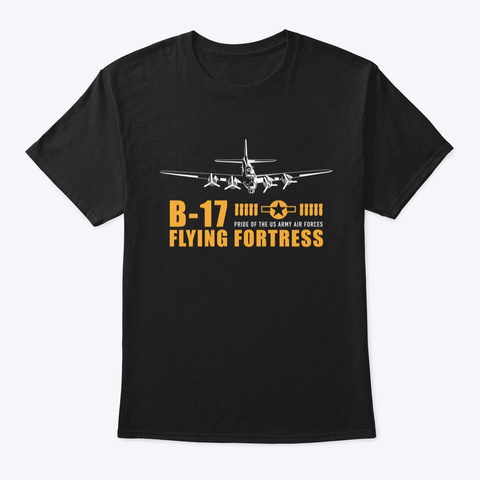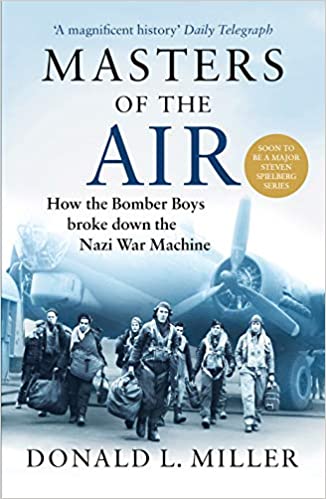B-17 Bomber Flying Fortress – The Queen Of The Skies Defending
 English
English Deutsch
Deutsch
Turrets and Mountings
Originally, most bombers defensive armaments were single hand-operated machine guns pivoting on a mounting attached to the structure of the plane. The main disadvantages being that it was always difficult to turn the gun into a 200mph slipstream and therefore the field of fire was severely limited. The next development was to give the gunner a rotatable mounting so that he coult pivot toward the enemy. The slipstream problem was overcome by installing powered gun turrets which traversed the turret and the gun mounting ring, leaving the gunner free to control movements in azimuth and elevation by hand. Powered turrets soon became very sophisticated. Guns could be moved at 50° per second and gunners could literally sign their names on a card if they placed a pencil in the gun barrel. guns of a B-17 were electically fired and electrically fed with ammunition. The defensive capabilities of all erly bombers against attack from underneath were usually minimal and the only really seccessful manned turret was the US Sperry ball type that fitted to the B-17 and the B-24. It was unique in that it was electro-hydraulically powered and the gunner lay on his back to operate it.
Gunsights
At the beginning of the war, gunsights were simple ring and bead type in which a gunner had to maintain a constant eye base. Accuracy depended on the gunner’s skill in calculating deflactions (the swerving path of fire towards the target) but it was still extremely difficult to hit a moving object. These were eventually secceeded by the reflector sight; essentially an optical sight that left the gunner freedom to move his head to an from the sight without creating an error in deflection. The gunner had only the target to watch with the reticule in the optical viewer superimposed on it. By the end of war most bombers either had gyroscopically predicting sights that gave very accurate deflectionshooting, regardless of the relative position of target and gun, or compensating sights that took account of the forward speed of the aircraft and related if the trail and motion of enemy fighter.
Machine guns
The Browning M 2-.50 Calibre Machine Gun
The Browning M 2 was the standard offensive/defensive weapon used by the US 8th Air Force. It weight 64lbs was 57 inches long, and fired 750 rounds per minute. Its effective range was 3,500 feet. the gun was the same as that fitted to bomber escort gfighters such as the P-51. Cartridges were 5.47 inches long, weight 1.71 ounces and were available as tracer (tipped with red paint), incendiary (tipped with blue), armor-piercing incendiary (tipped with silver) and plain armor-piercing (tipped with black paint).
| Weight | 29 Kg |
| Length | 1,45 m |
| Muzzle speed | 930 m/s |
| Rounds per minutes | 750 r/min |
Browning-M-2 .30 Calibre Machine Gun
Fitted in the early B-17 models as the nose armament but not used after the Spring of 1943. The B-17E and B-17F both had four sockets in the plexiglass nose to take 0.30 calibre’s and the bombardier was expected to move the gun from one location to another during air combat. In practice this was not done and the 0.30 calibre’s were usually left in one position. The 0.30 calibre’s could fire 1,200 round per minute but was ineffective due to its lack of range or muzzle velocity.
| Weight | 10 Kg |
| Length | 1,13 m |
| Muzzle speed | 870 m/s |
| Rounds per minutes | 1200 r/min |





